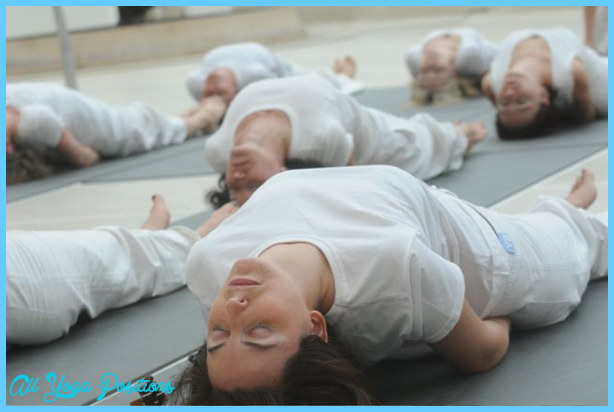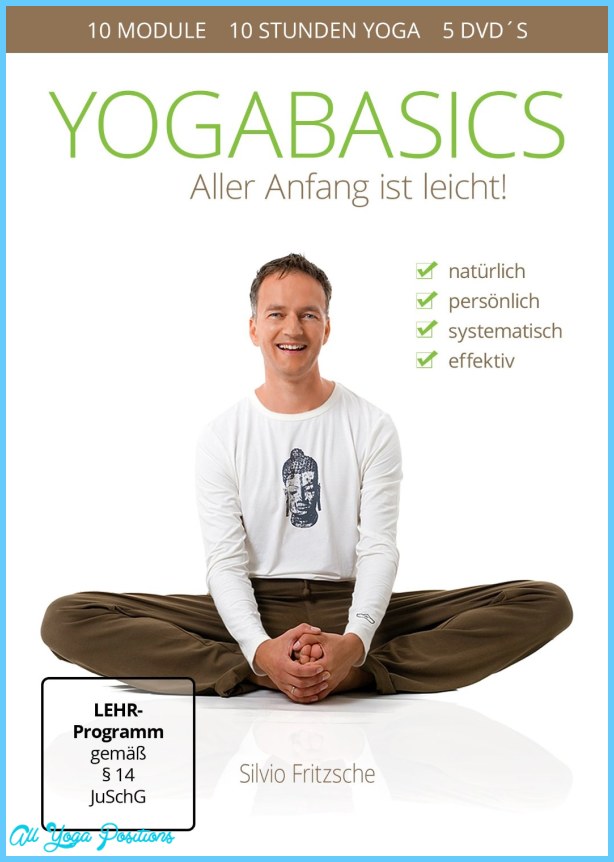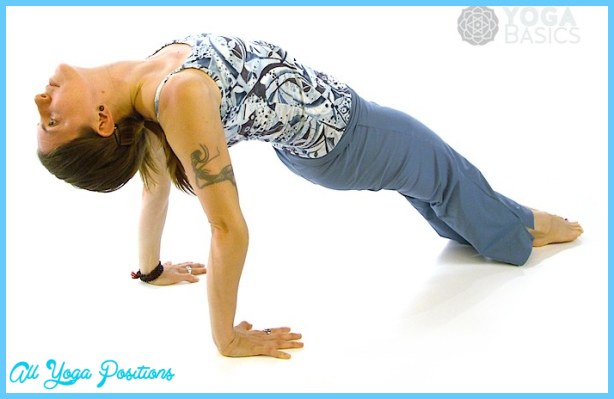As we inhale, the diaphragm moves downward. The air is drawn down the trachea into the lungs. Simultaneously, the abdomen and rib cage expand. When we exhale, our diaphragm moves upward, compressing the lungs. This action causes the air to be expelled and the air goes back through the trachea and out the nostrils. In pranayama, you always breathe through the nose, accentuating the exhalation rather than inhalation. This cycle cleanses the lungs and eliminates toxins in the body.
The Breathing Cycle of Life Inhalation and exhalation is involuntary.
Inhalation brings oxygen to the body.
Exhalation eliminates impurities from the body.
Retention of the breath allows the mind to relax and focus.
Yoga’s Three-Part Breathing
Yoga utilizes a three-part breathing technique. It integrates the abdominal region, lungs, and nostrils. The focus is on the following three elements:
Inhalation
Retention of the breath
Exhalation
The exhalation is twice as long as the inhalation in pranayama.














